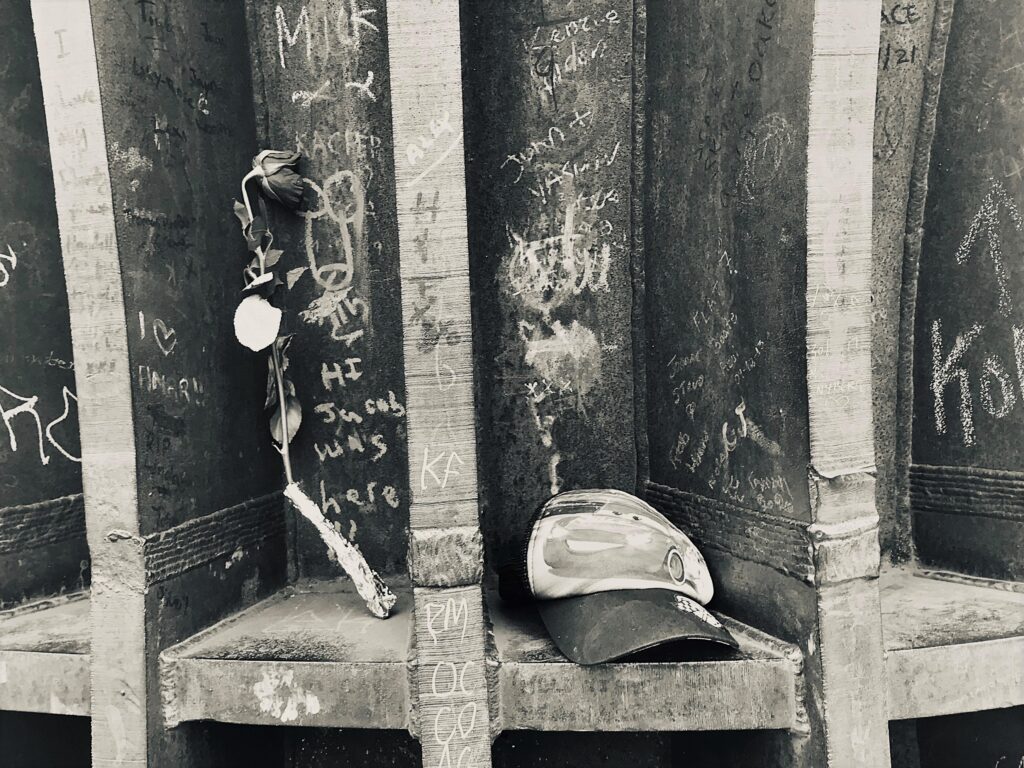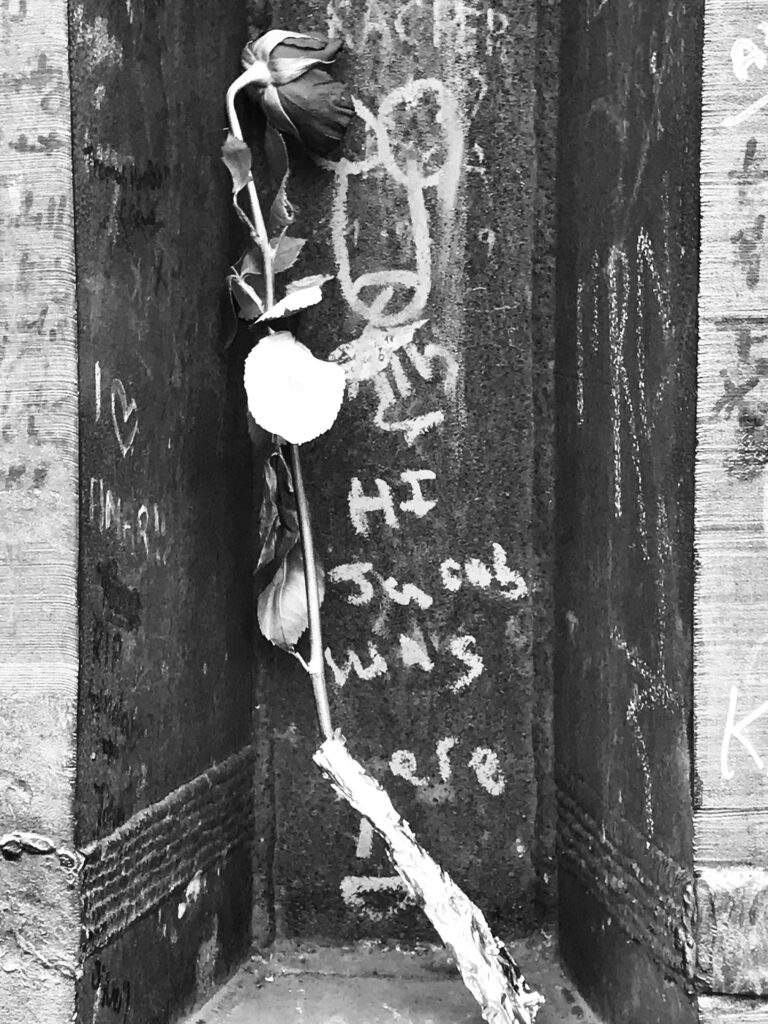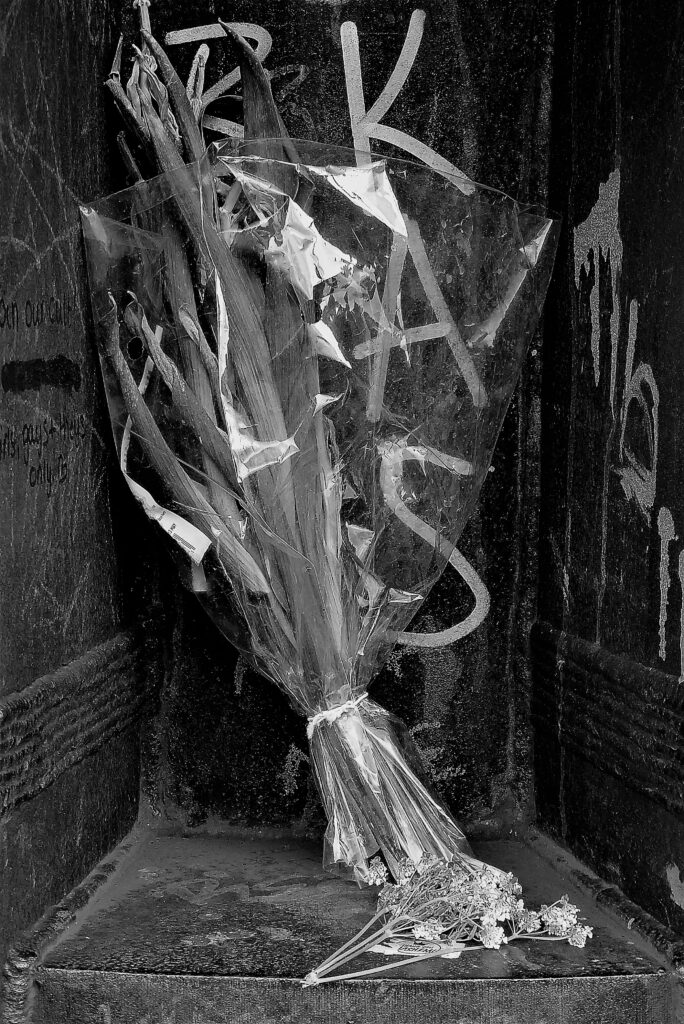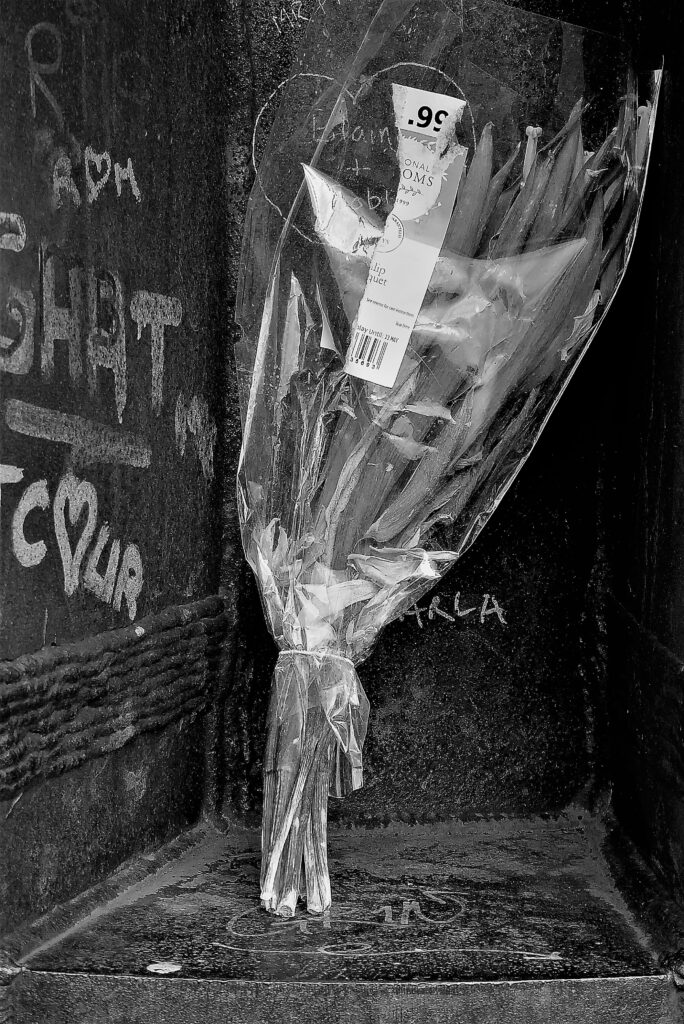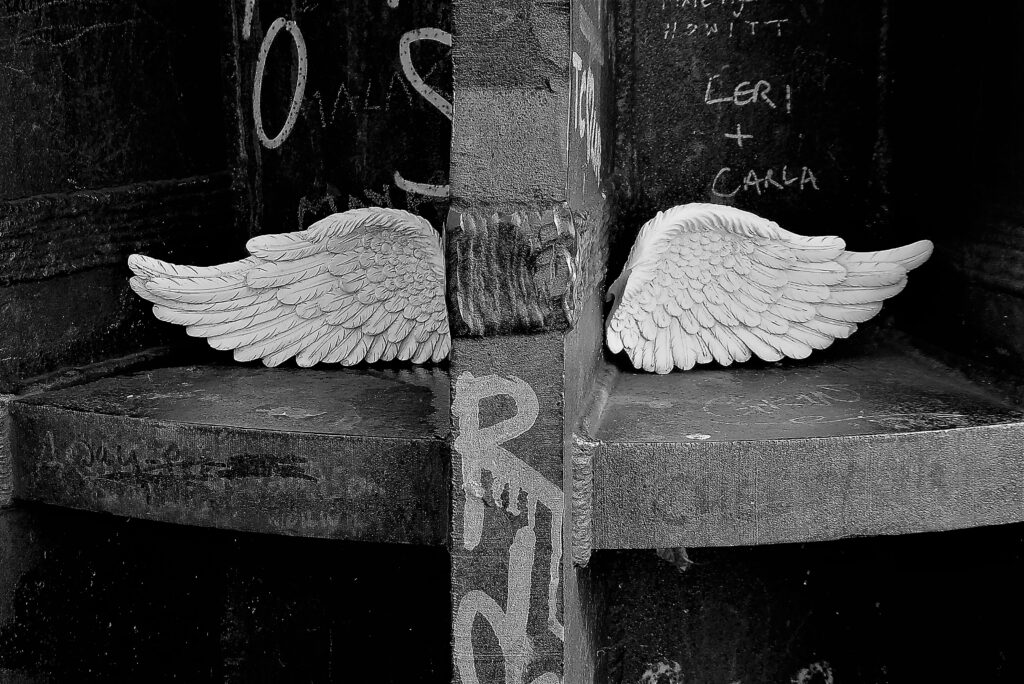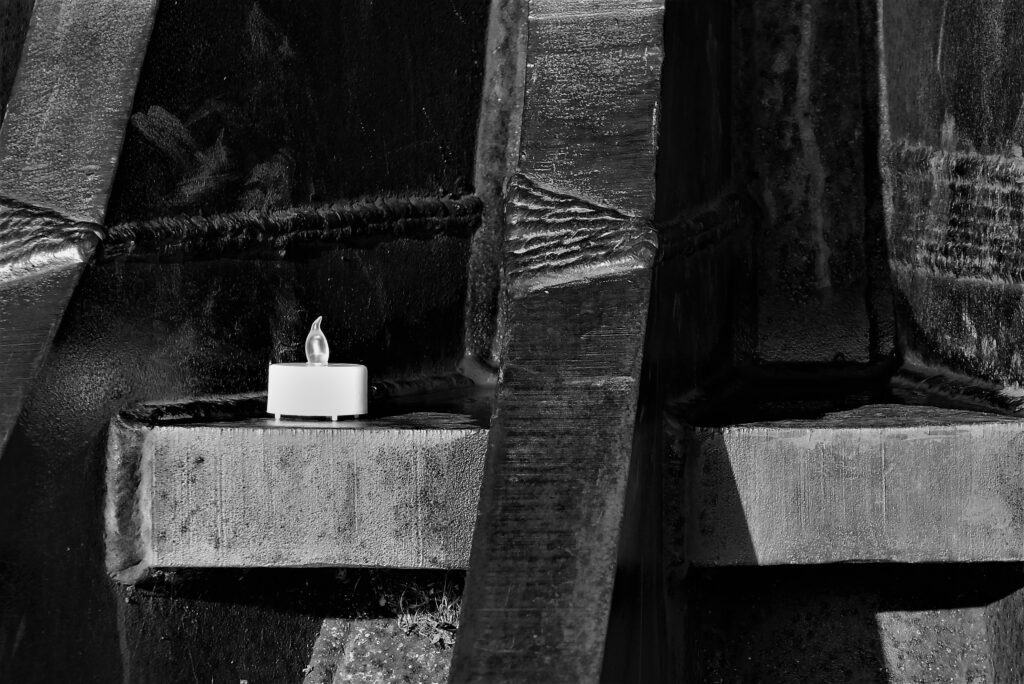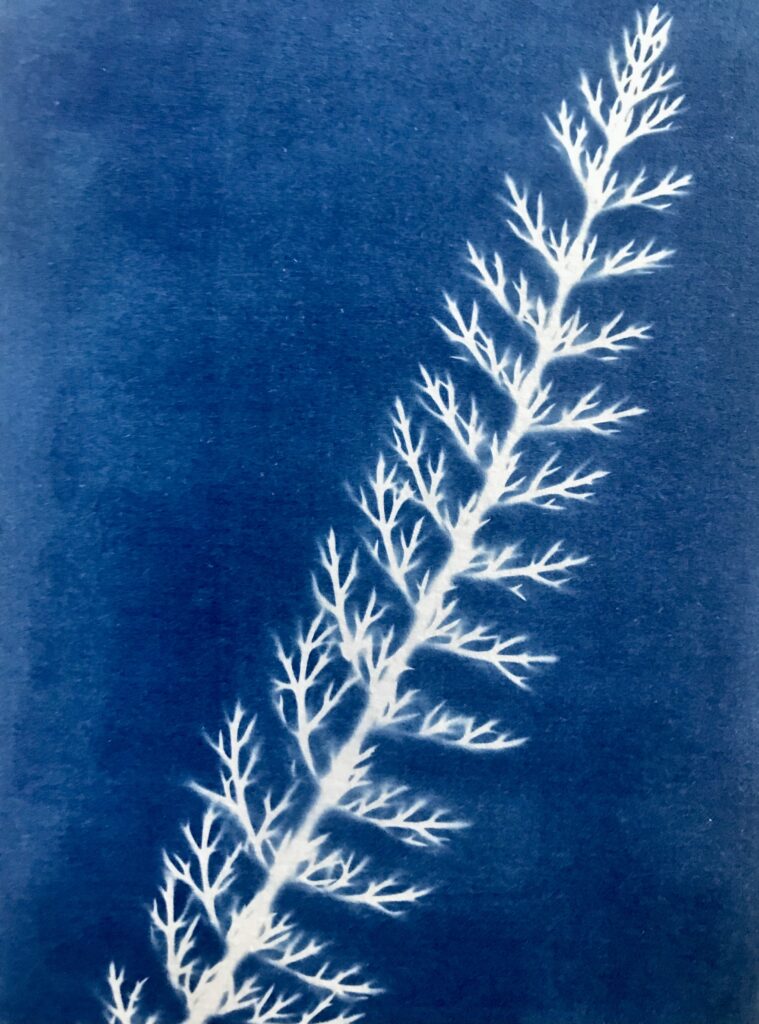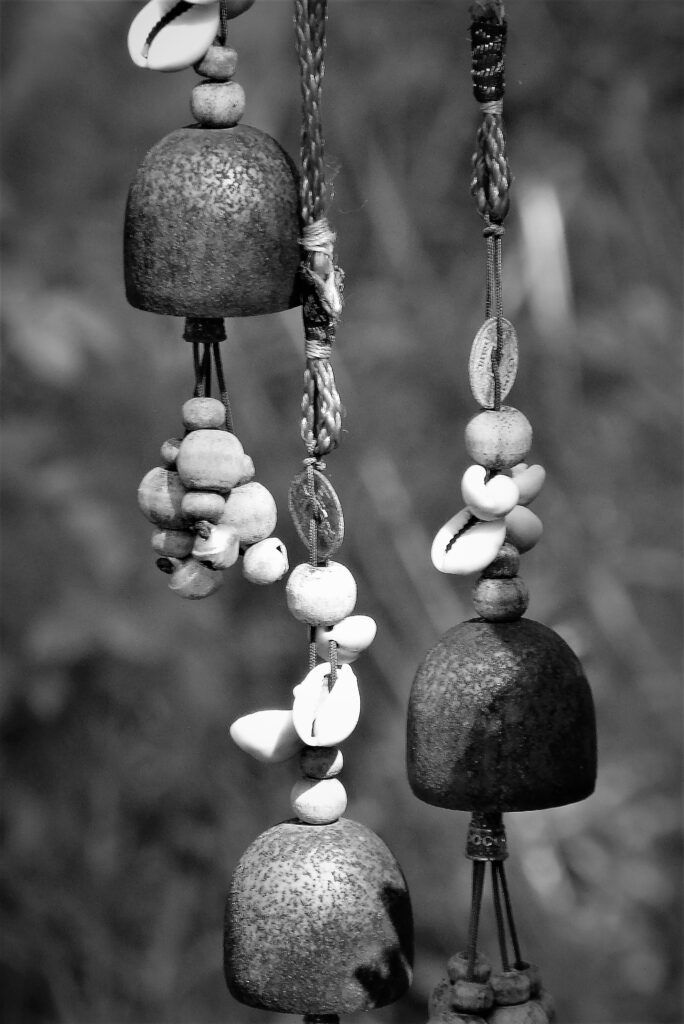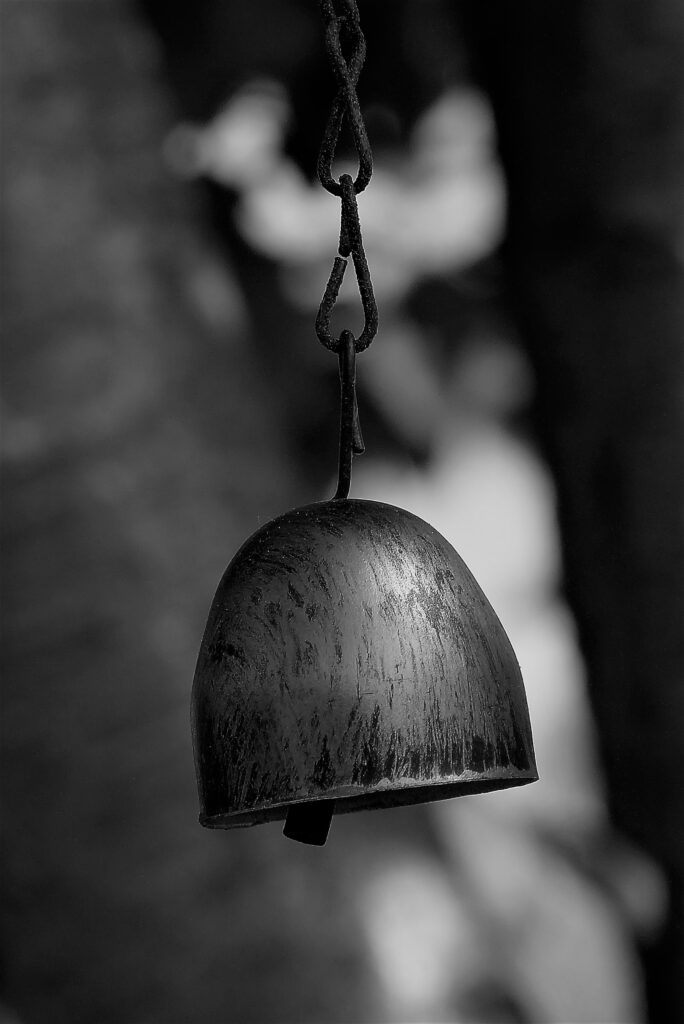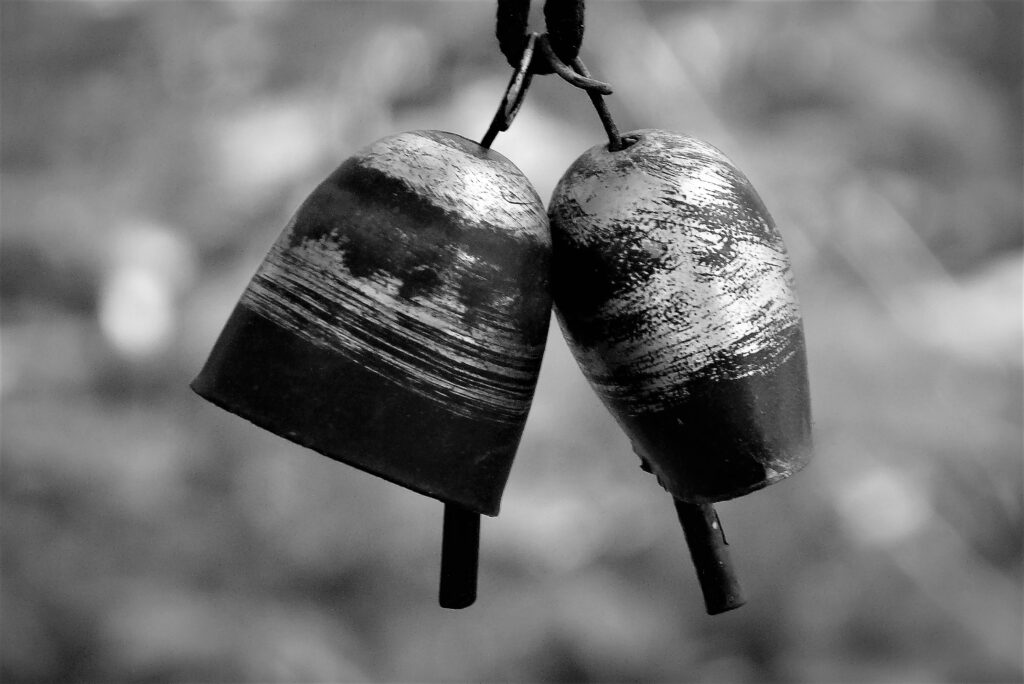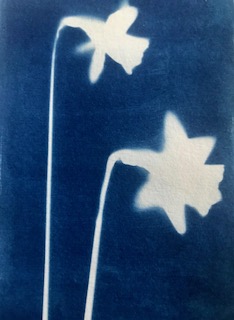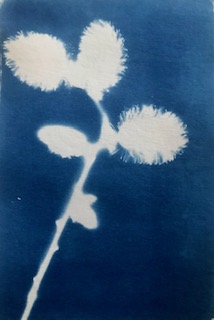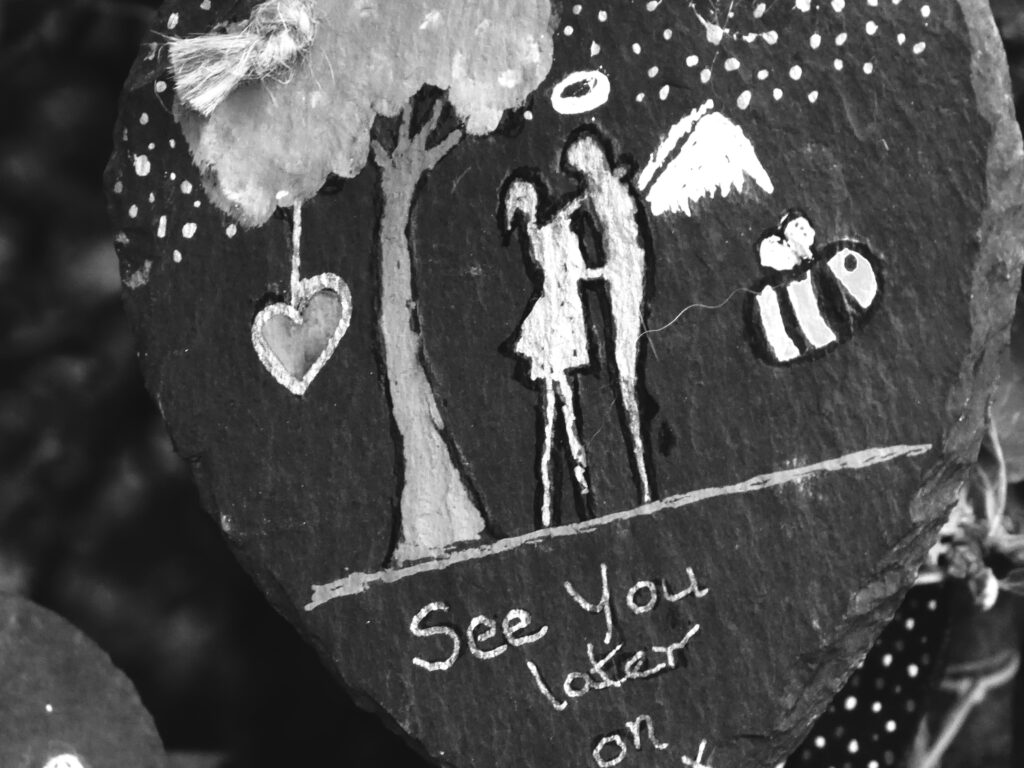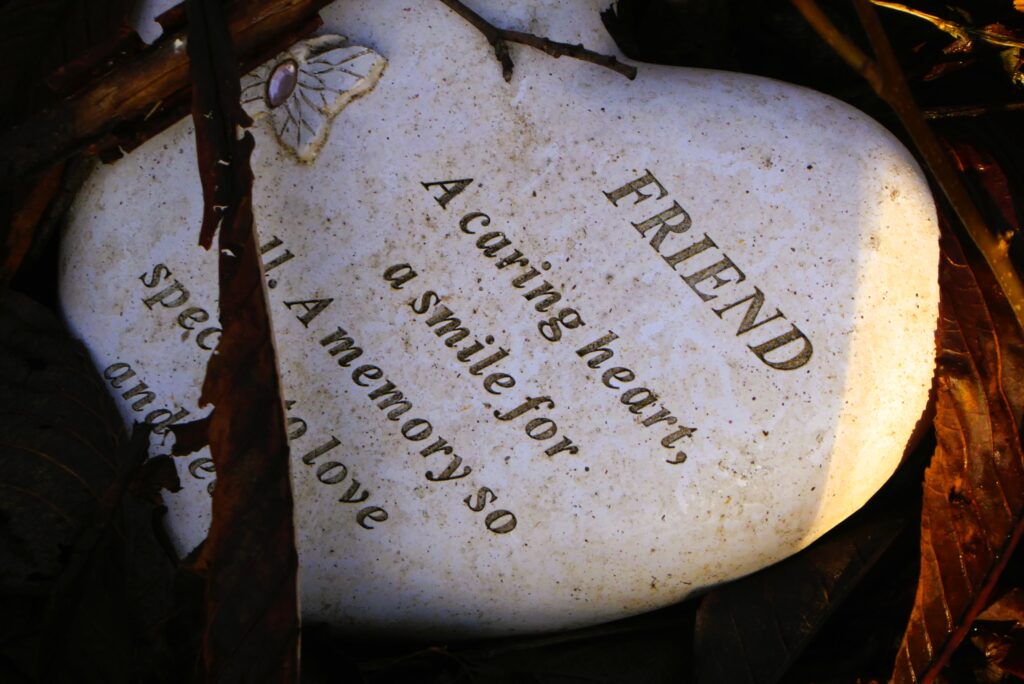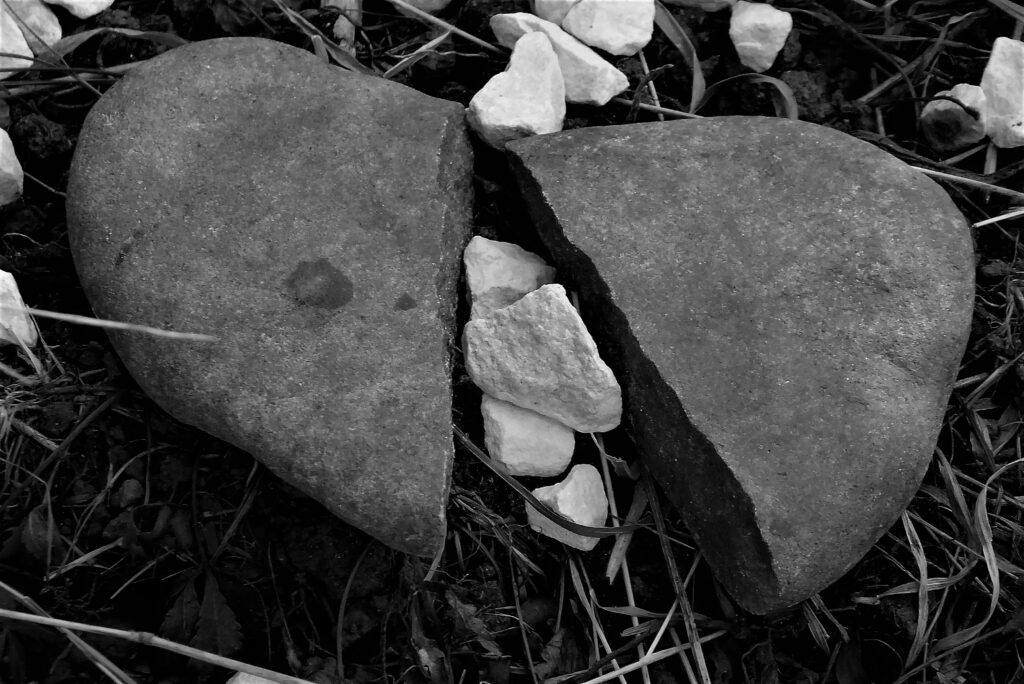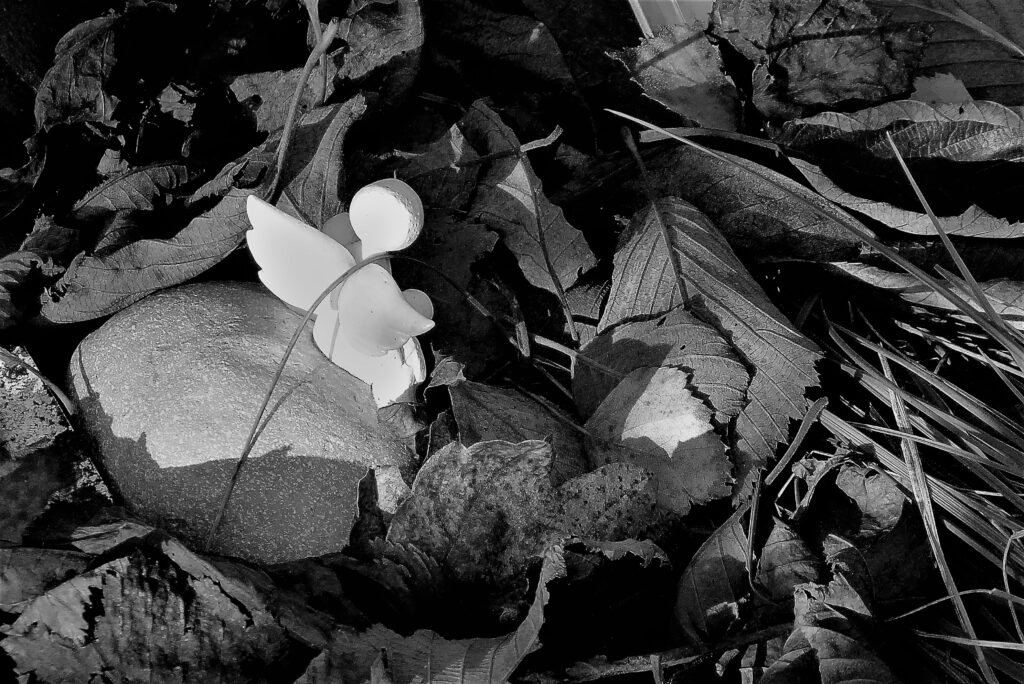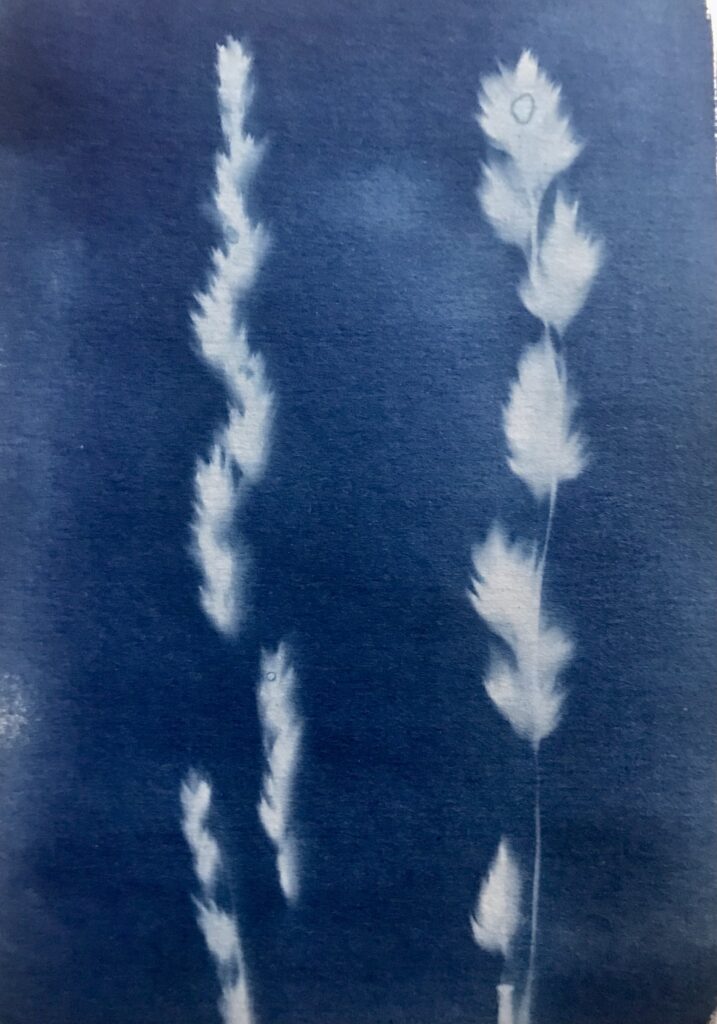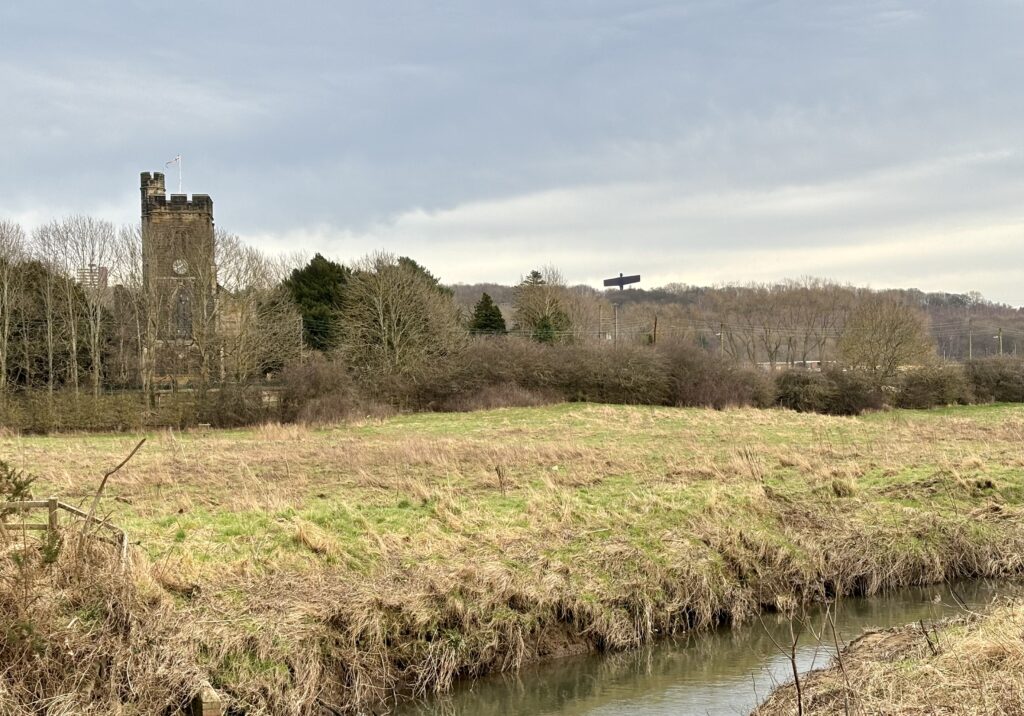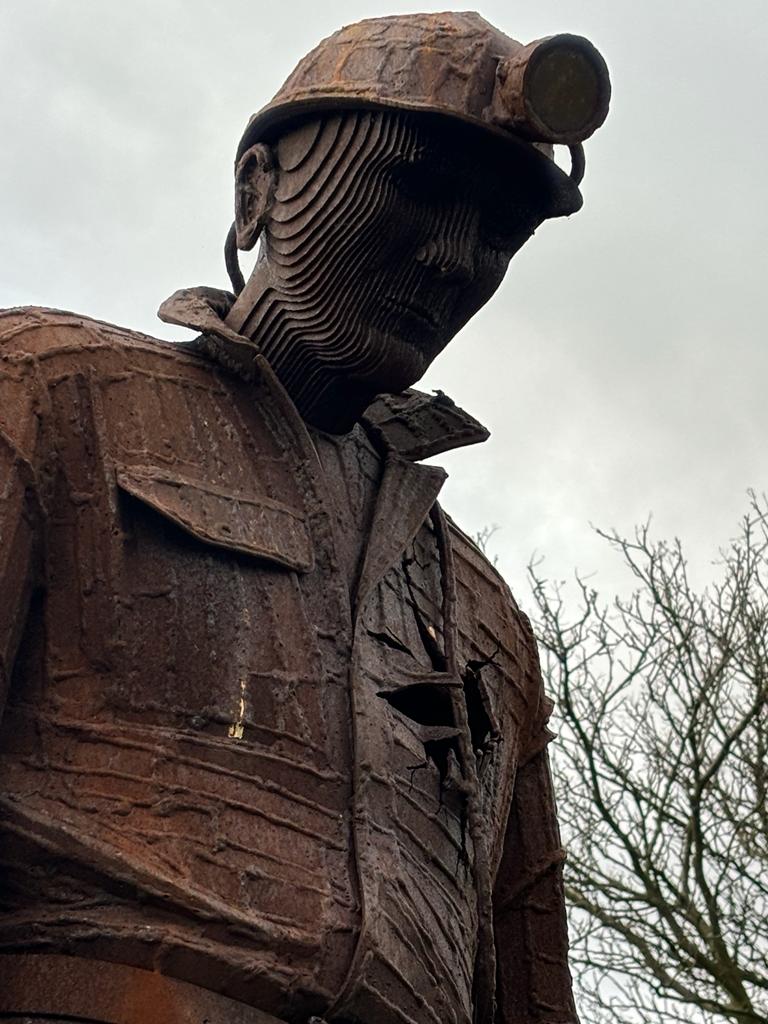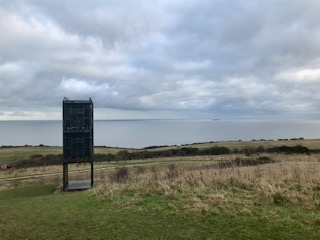
Last night, David and I met for a recording session at The Angel of the North. It was a beautiful evening and there were a lot of visitors on the site. We are making field recordings across the seasons of the year, and this was our recording for the sounds of Spring. For each season, we have recorded the sounds of nature on the site – from the autumn dawn chorus, through the high winds of winter’s Storm Babet, to the springtime ambience of early evening. We have also recorded the interior resonances of The Angel at the different times and seasons, taking ‘readings’ from the north, east, south, and west faces of the sculpture.
We usually use the contact microphone to record the resonances of The Angel, but David brought to this recording session a new recording device – the geophone.
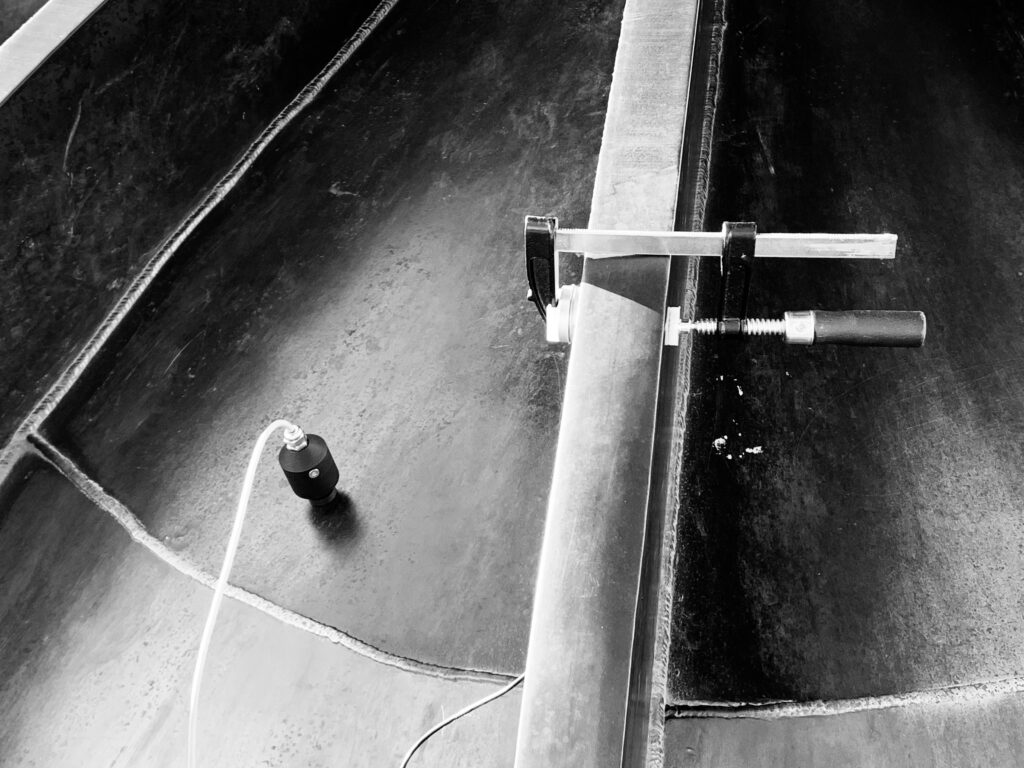
Usually used to pick up underground vibrations, David placed the geophone at the four points around The Angel, which, as usual, varied in their pitch and tone. The geophone had a magnet embedded within it so it attached more securely to The Angel than the contact microphone. David used both recording devices, and it was possible to switch from one to the other through the headphones, attending to the differences between them. The photograph at the top of this post depicts me listening to the geophone on the north side of The Angel (the front of the sculpture). The sound was more airy and ethereal than in the other recordings we have done, having a distinct tone and texture to it. There was little wind and heavy traffic so the resonances were formed by sound travelling through the ground from the motorway, rather than wind echoing down from the wings.

As we stood behind The Angel recording the resonances from its south side, the structure either expanded or contracted, producing the booming noise that I had heard on a previous visit. As before, the sound resonated through my body and it travelled up through The Angel and along its wings. Even though both the contact microphone and the geophone were recording at the time, David felt that the unexpected volume was most likely to be picked up as distortion by them, although it may have been captured by the field microphone that was recording beneath the west wing of The Angel.
The trees on The Angel’s west side, including the memorial site, were filled with birdsong and we set up a field microphone facing in the direction of the trees to capture these sounds. Before I arrived, David had recorded the rustle of the leaves that are now on the trees, and I walked down to the memorial with the field microphone to try to record the blackbird that was singing from their highest branches.
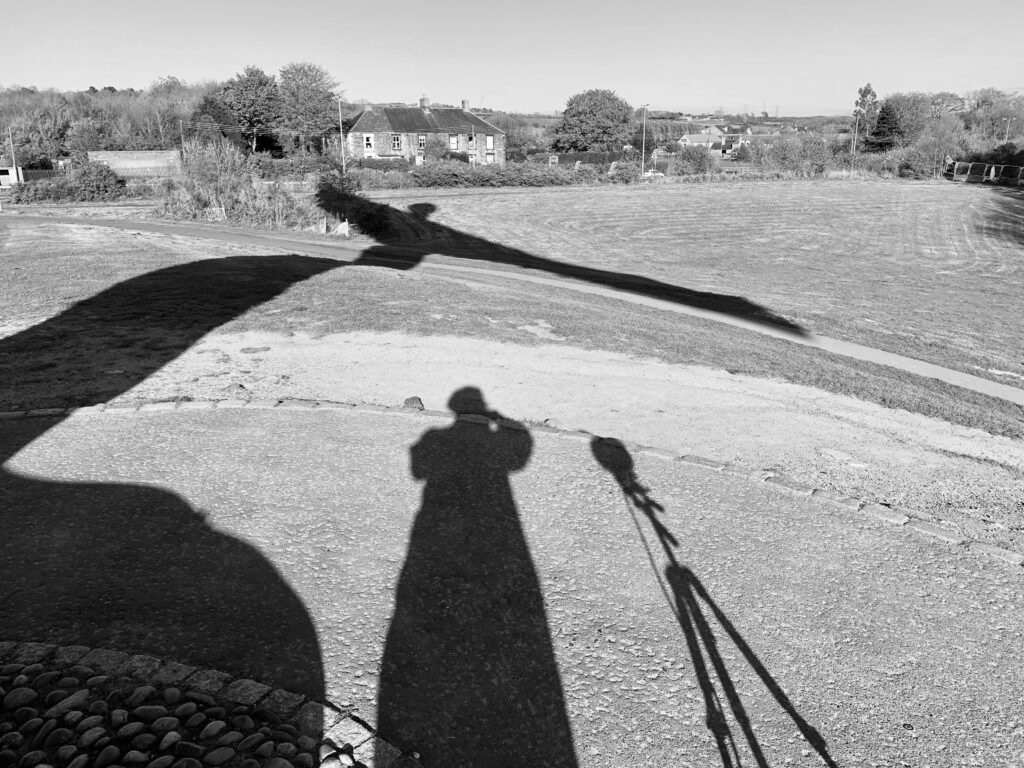
As we recorded, the sun gradually lowered in the sky and the shadows lengthened across the field. I took the photograph above to document the long shadow cast by The Angel, and it speaks more broadly to the project. I have described the memorial in the trees as standing in the shadow of The Angel, and this photograph also gives a sense of the sculpture reaching out across the site, its wings embracing everything that lies in their radius.

